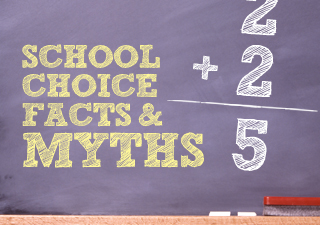Media
Does School Choice Harm Public Schools?

This is a common question among school choice skeptics about whether school choice drains funding from public schools. According to new research by The Friedman Foundation for Educational Choice, the answer is an emphatic, “no.”
Their new study, “The Fiscal Effects of School Choice Programs on Public School Districts,” shows that no school choice program in America has negatively impacted those students left behind in public schools after parents have chosen to send their children elsewhere. In fact, many schools have improved academically after school choice is instituted.
How is this possible? School choice costs significantly less per student than public schools spend. Contrary to the claim that school choice will harm public schools financially, the study explains that school districts will be unaffected if they are allowed to keep funding for fixed costs such as building maintenance, transportation, and administration. A “cautious overestimate” of these fixed costs comes in at only 36 percent of the total cost per pupil. All or a portion of the remaining funds can be sent along to the student’s new school with no ill-effects.
Lower enrollment allows schools to focus resources on fewer students, keeping the best educators for students who remain. Education quality rises and costs decline, saving taxpayer dollars.
The over-arching message is that when funding follows a child to his or her school of choice, public schools are motivated to make improvements both academically and fiscally in order to stay competitive in the education marketplace. Taxpayers, school districts—and most importantly—students all come out ahead.
Read the entire report in PDF format here.